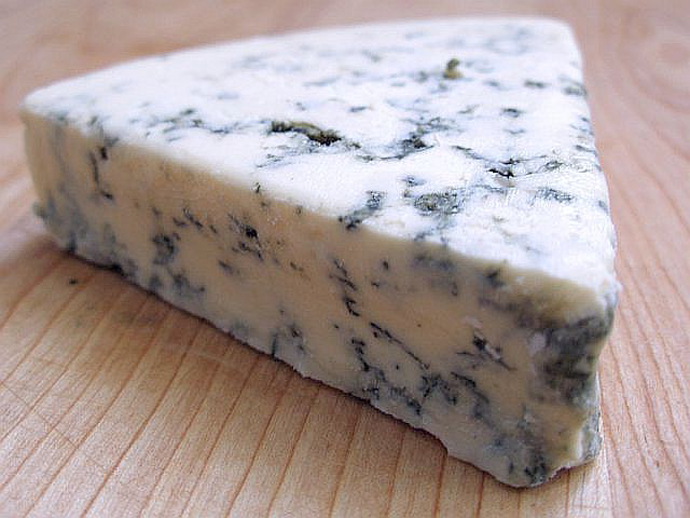Is mould good, a la blue vein cheese, or bad, as in an all-encompassing felch that takes over damp homes and makes humans miserable and unhealthy? Mould, do we need it, if we do, how do we live with it, if we don’t, how do we get rid of it?
 Mould is a huge problem for art galleries, film archives, museums, libraries and bookstores, hotels and motels and generally any organisation or individual whose work space or home is prone to dampness or mould, which can damage kids health, clothes, artworks, documents, books, you name it! But one man who is an expert on mould is BOB KNUCKEY, and no he’s not a university professor who’s life has been spent squinting at a petri dish, but he’s a bloke who gets dehumidifiers into any human-required damp hole in Australia, whether it be a soggy & humid coal mine two kilometres underground, or your grannie’s bathroom in Tassie …
Mould is a huge problem for art galleries, film archives, museums, libraries and bookstores, hotels and motels and generally any organisation or individual whose work space or home is prone to dampness or mould, which can damage kids health, clothes, artworks, documents, books, you name it! But one man who is an expert on mould is BOB KNUCKEY, and no he’s not a university professor who’s life has been spent squinting at a petri dish, but he’s a bloke who gets dehumidifiers into any human-required damp hole in Australia, whether it be a soggy & humid coal mine two kilometres underground, or your grannie’s bathroom in Tassie …
Mould can be a boring, yawning, I don’t want to deal with it subject, or it can be a vital, cutting edge dynamic subject, well maybe not dynamic but certainly all the rest.
Most people only think of mould in negative terms, it smells, gets up your nose and has a crappy reputation.
But maybe this short piece will enlighten you with some facts on what a truly marvellous living organism mould is.
Why Mould should be Appreciated …
Are you aware for instance that mould’s main purpose in existing at all is to eat and reproduce?
How cool would that be, sole purpose in life eating and mating. I don’t think there’d be many who wouldn’t agree with me that would have to be every man’s ultimate dream job.
Alright, now I’ve got you thinking that mould isn’t all bad.
Mould is actually the most prolific living organism on earth, it makes up around 25 percent of the earth’s bio mass, and life as we know it today would not exist without it.
Every living breathing growing thing, including animals, vegetables, plants, grass, fish, porcupines, yes, you get the picture, will eventually die. And what happens to us when we die, we go back to earth with a lot of help from mould. Mould will eventually break down every living mass on the planet and rot it back to the earth.
Mould is Symbiotic with Nature
Mould even plays a major part in keeping trees alive by bringing water to them.
A certain type of mould attaches itself to a tree and uses this tree as its host. It then spreads in all directions seeking moisture. Remember I said about the eating and reproducing, well, this is about the eating; I’ll give you the juicy bits about the reproducing in a minute.
Ok, we have the tree, we have the mould attaching itself to the roots of the tree, and we have the mould spreading as much as one kilometre seeking water. This water finds its way back to the tree via microscopic hollows in the mould and feeds the tree, a perfect parasitic relationship between the tree and mould.
You can see this relationship in action when you see a road or opening cut through the bush. The road cuts a path through the trees and in doing so the long microscopic mould tentacles are broken, interrupting the supply of water. Eventually the tree will wither and die through lack of water.
Why Mould is a little like Charlie Sheen
Mould is very hardy, it has been discovered healthily growing under the ice in the Antarctic and in the Sahara desert, just like Charlie Sheen no matter how unhealthy the lifestyle, mould is the ultimate survivor.
In fact mould has been around in its present form for more than 10 million years doing the same old thing eating and reproducing.
In fact the reproducing part is just about the cleverest thing it does.
Let me explain. When you disturb the average boring old bit of mould it immediately thinks, ah, I’m being attacked and I quickly need to guarantee I survive by sending out microscopic spores, for simplicity we‘ll call these mould spores, another term is “off gassing”.
These mould spores float in air currents and are carried wherever the breeze blows them, until they land on a new source of nutrients that they can grow on and start the growth cycle all over again.
The other really interesting thing about their reproducing is during the life circle of mould they can actually change their sex, how convenient is that?
Why Mould is not always your Friend
Even though we can’t live without mould in certain conditions life is pretty uncomfortable trying to live with it.
Headaches, allergies mood swings and depression, these are just a few of the symptoms occupants of damp mouldy properties can suffer from. In fact the Australian Institute of Architects has reported that up to 40 percent of Australian homes have a rising damp problem. Mould issues are also well documented to be contributing to sick building syndrome.
If you suspect you have a mould issue in your life, what can you do?
Two of the most important things are to introduce plenty of natural sunlight and ensure you have adequate ventilation.
Also resist cleaning with bleach or chlorine as all these chemicals do is take the colour out of mould, the mould is still there but it’s now invisible. Vinegar and water is more suitable and so is Aqua Magic, an environmentally responsible, chemically free, multipurpose cleaner, that is also perfect for removing mould. If the problem still persists, invest some time with a mould and dampness restoration company, such as Moisture Cure.
When you reach for your favourite mould killing solution, be graceful and thoughtful in your destruction of our tiny friend – there can’t be many living organisms that have eating and reproducing as the only reasons they exist, apart from the many oft-contented married men who fall into that category.
To find out stacks more about Bob & his Moisturecure dehumidifiers, check out their great website www.moisturecure.com.au which has heaps of information as well as details of their amazing moisture-trapping mould-killing products.



